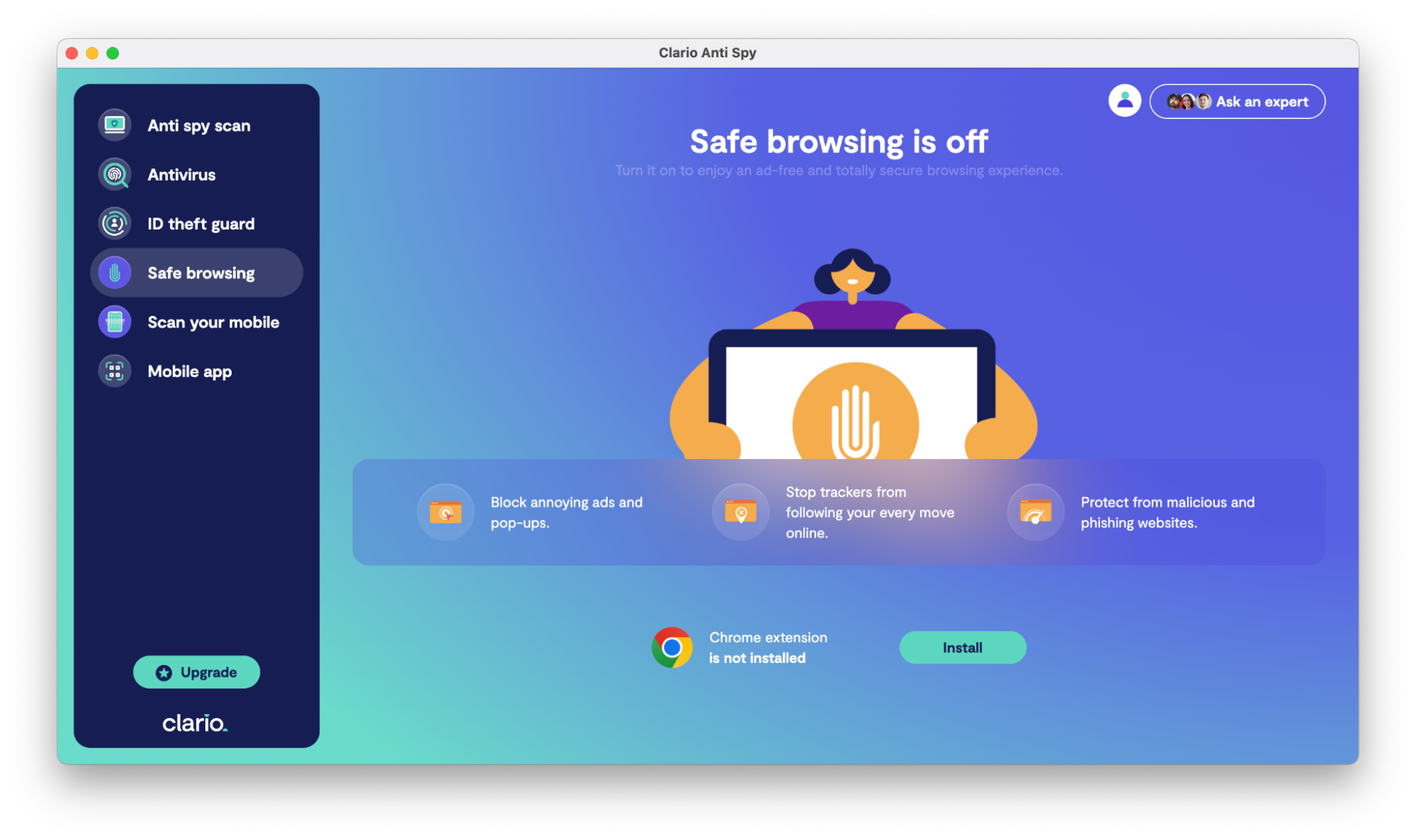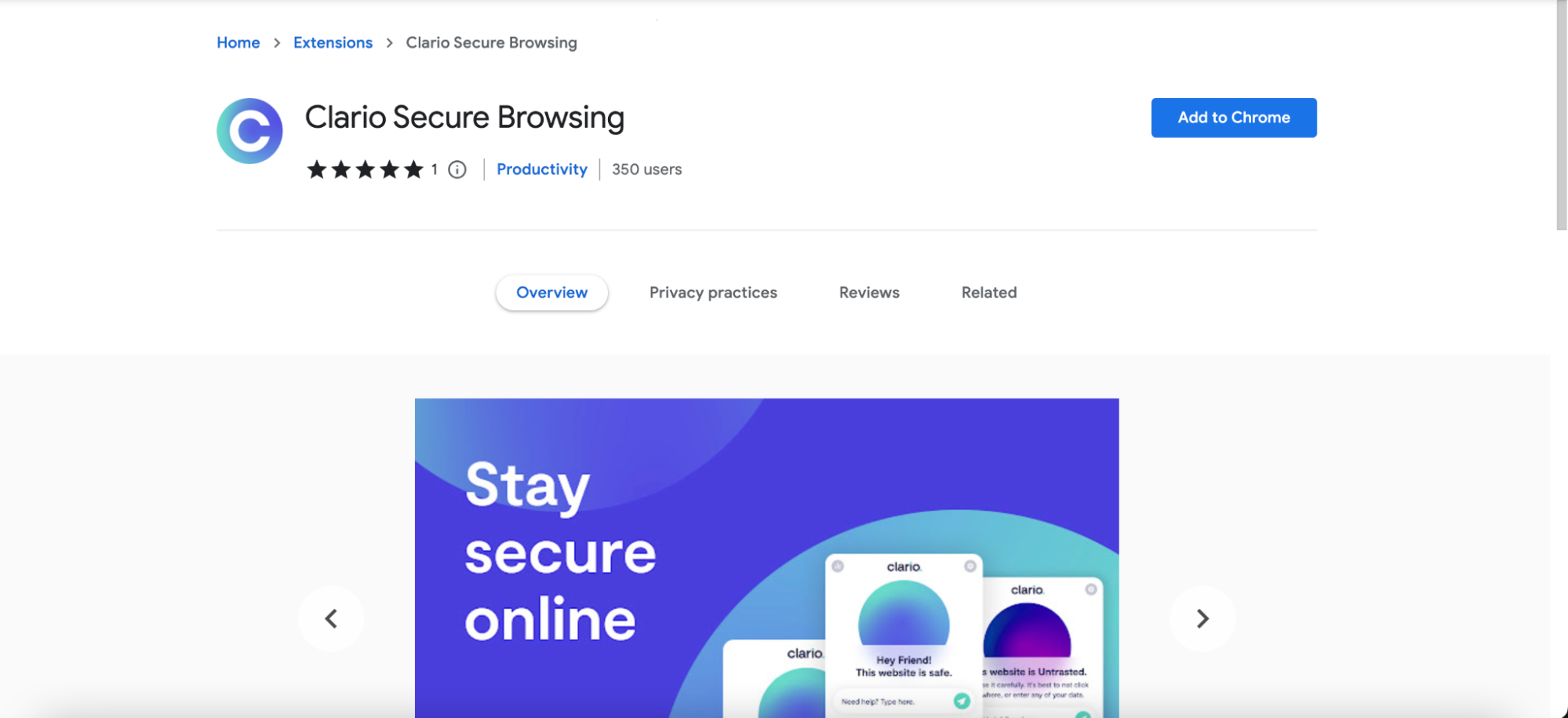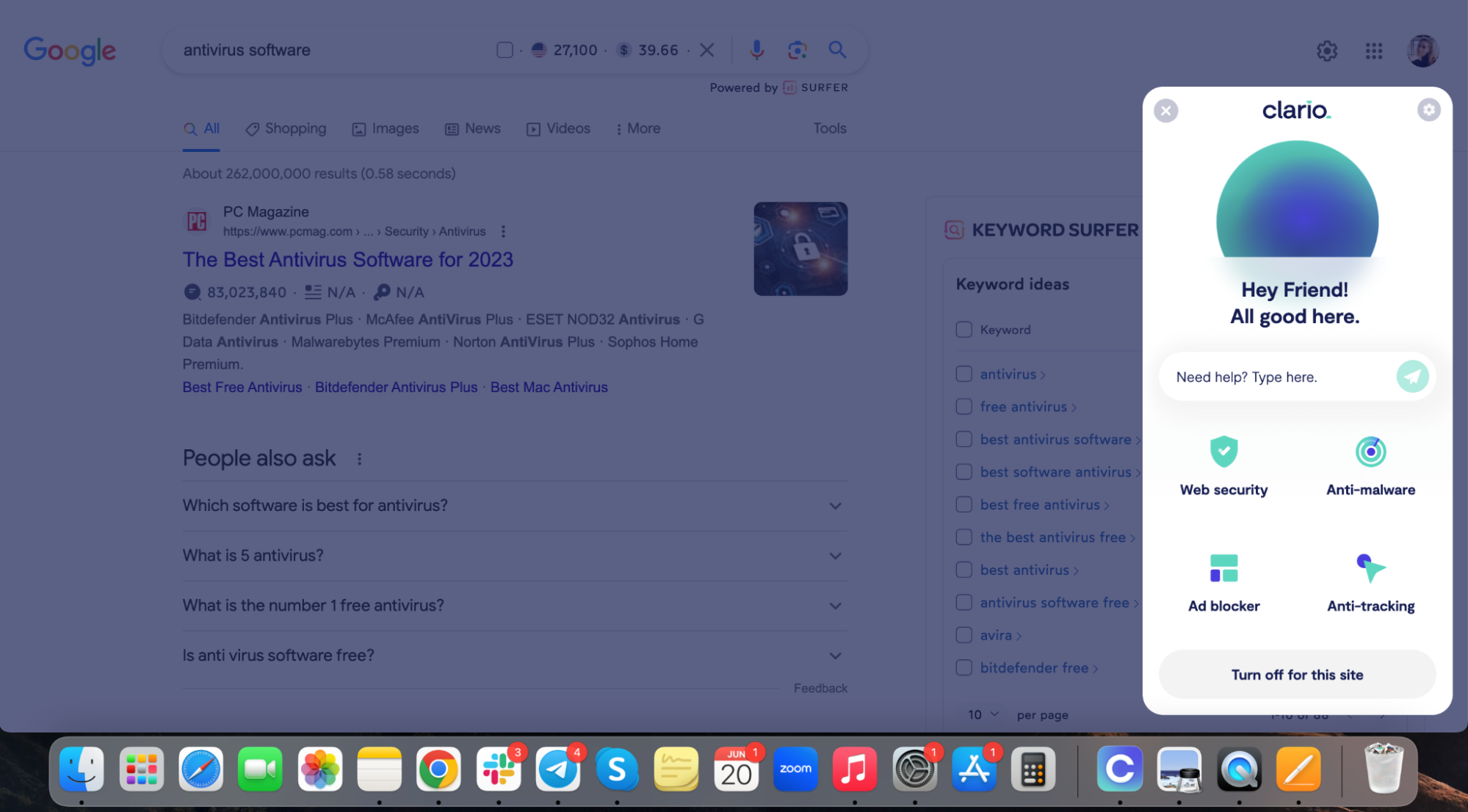Table of contents
- What is an SSL certificate?
- How does an SSL certificate work?
- Difference between SSL and TLS
- How to tell if a site has an SSL certificate?
- Do you need an SSL certificate?
- How to obtain an SSL certificate?
- How much does an SSL cost?
- What are the types of SSL certificates?
- Extended validation certificate (EV SSL)
- Organization validated certificate (OV SSL)
- Domain validated certificate (DV SSL)
- Wildcard SSL certificate
- Multi-domain certificate (MDC)
- Unified communications certificate (UCC)
- Conclusion
What is an SSL certificate?
SSL certificate meaning
An SSL certificate verifies a website's identity and encrypts the communication between the website and its visitors.
It ensures that the data transferred between them will not be intercepted or manipulated by an unauthorized third party. For your browser, an SSL certificate is a quick way to confirm that a website can be trusted.
SSL stands for Secure Sockets Layer, it’s a security protocol that’s designed to protect communications over a computer network using encryption. So communication using SSL is like delivering a coded letter that’s impossible to read by anyone except the recipient.
How does an SSL certificate work?
An SSL certificate works by enabling the HTTPS (Hypertext Transfer Protocol Secure) protocol, which encrypts the data being transmitted between a website and its visitors. This system uses the SSL protocol for data communication. In simple terms, SSL is the tool, and HTTPS is the product of that tool, used for secure communication between a web server and host.
The protocol is also referred to as HTTP over SSL.
SSL certificates use asymmetric encryption. The process uses an encryption key to scramble data and make it unreadable for anyone without the decryption key.
Here’s how an SSL certificate works to protect you:
- Contact: A browser or server makes contact with a website secured with an SSL certificate.
- Handshake: The browser or server initiates an SSL handshake or a request to see the SSL certificate.
- Certificate: The website sends a copy of its SSL certificate, which contains info about the website.
- Verification: The browser or server verifies the SSL, meaning it checks the certificate to confirm the legitimacy of its contents.
- Set-up: The web server sends a unique session key to the website. This key can only be used for an individual session.
- Data encryption: Both browsers and websites now have the session key. They’ll use this key to encrypt the data they send and decrypt the data they receive.
Facilitated by an SSL certificate, the secure, encrypted channel between a browser and server can protect private data, like login credentials, credit card details, and other personal data. But that’s just one way to protect your data. For a proactive approach to online safety, learn how to avoid social engineering and how to prevent pharming attacks.
Difference between SSL and TLS
TLS (Transport Layer Security) protocol is the successor to SSL. Though today we use the term SSL, we are technically using the TLS to secure data communication. Essentially, the mixup is due to branding. Originally, TLS was called SSL version 3.1, but its creators changed the name to mark a break with Netscape, the original developer. The new name didn’t catch on.
Today, the terms SSL and TLS are commonly used interchangeably.
How to tell if a site has an SSL certificate?
The easiest way to tell if a site has an SSL certificate is from your browser’s address bar. Here’s how:
- HTTPS: If a URL in the address bar starts with “https” rather than “http,” then the website has an SSL certificate. The “s” stands for secure and indicates the site is protected with SSL encryption.
- Padlock: If there’s a padlock icon next to a URL in the address bar, then the website has an SSL certificate. It’s one of the easy ways to check website safety.
- Warning notification: Some browsers will notify you if a connection is not secure. Common warnings are a red padlock, an open padlock, a warning triangle above the padlock, or a line going through the URL in the address bar. If you frequently get warnings by your browser, learn how to fix ‘your connection is not private’ errors.
But just because a site has an SSL certificate, there’s no guarantee that your data and device will be safe. Hackers can evade the protection of SSL certificates and use other means to attack you, like man-in-the-middle attacks. Clario’s AntiSpy is a dedicated security app designed to stop all kinds of threats.
Clario’s AntiSpy features a suite of powerful security tools that work in synergy to protect all your devices and data from spying. It features data breach detection tools, antivirus scans for malware and safe browsing to block ads and trackers. Clario AntiSpy works on mobile (iOS, Android) and desktop (Windows, Mac).
Ensure safe browsing for you and your family by using Clario’s protection:
- Download Clario AntiSpy and choose a subscription to create an account
- On the dashboard, click Safe browsing and Install the Clario Chrome extension

3. Add your Clario Secure Browsing extension to Chrome

4. Enjoy four pillars of safe browsing: web security, anti-malware protection, ad blocker, and anti-tracking capabilities.

Do you need an SSL certificate?
An SSL certificate is highly recommended if you have a website—especially if you deal with the data of your visitors. Besides protecting data through encryption, an SSL certificate communicates trust to visitors by verifying ownership of the website and preventing hackers from creating fake versions of the site.
Also, an SSL certificate ensures you get more traffic to your website. That’s because an SSL certificate is required for an HTTPS web address, which indicates to your browser that a website is encrypted with SSL/TLS. Sites without an HTTPS address are considered unsafe by most browsers—and these browsers may discourage its users from visiting your website.
How to obtain an SSL certificate?
You can obtain an SSL certificate from a Certificate Authority (CA), an entity that issues digital certificates. There are a number of reputable CAs online. Choosing the right one for you is determined by what type of SSL certificate you need.
Here are the steps for obtaining an SSL certificate:
- Choose a type of SSL certificate: The right type of SSL certificate for you will depend on your security needs and the level of validation you require.
- Choose a Certificate Authority: Based on your SSL certificate needs, you can find a number of reputable CAs. Do some research before deciding—consider price, customer service, and the reputation of the CA.
- Generate a Certificate Signing Request (CSR): A CSR is a file containing your website’s public key and identification details. You will generate the CSR either through your web server’s software or your hosting provider’s control panel.
- Submit the CSR: Once you submit the CSR to your chosen CA, they will verify your provided information. If everything checks out, you will be issued an SSL certificate.
- Install the SSL certificate: How to install your SSL certificate file will depend on your web server or hosting provider.
How much does an SSL cost?
The price of an SSL certificate depends on: the type of certificate, the CA, the level of validation, and the duration of the certificate. Based on these factors, an SSL certificate can range from free to several hundred dollars. If you’re in the market to purchase an SSL certificate, compare prices with different CAs, and look for promotions or discounts.
What are the types of SSL certificates?
There’s more than one kind of SSL certificate. The right one for you depends on your security needs.
Here are the main types of SSL certificates:
- Extended validation certificate (EV SSL)
- Organization validated certificate (OV SSL)
- Domain validated certificate (DV SSL)
- Wildcard SSL certificate
- Multi-domain certificate (MDC)
- Unified communications certificate (UCC)
Each of these types of SSL certificates offer various levels of validation and encryption strength. Let’s take a closer look each all of them:
Extended validation certificate (EV SSL)
An Extended Validation certificate (EV SSL) shows the highest level of trust and security to website visitors. It’s commonly used by high-profile websites that collect user data and handle online payments. The validation process to get an EV SSL is extensive. The CA will check a website's domain ownership, physical location, and other details.
Organization validated certificate (OV SSL)
An Organization Validated certificate (OV SSL) communicates a similar level of security assurance to an EV SSL. They are mostly used by businesses, organizations, and websites to encrypt user data during transfers. The validation process requires checks to the organization's existence and legitimacy.
Domain validated certificate (DV SSL)
A Domain Validated certificate (DV SSL) provides basic domain ownership validation and minimal encryption. It’s mostly used for websites that don’t involve online payments or data collection—like informational or small business websites, or blogs. The validation process only requires the website owner to confirm ownership via email or phone call.
Wildcard SSL certificate
A Wildcard SSL Certificate secures a base domain and an unlimited number of subdomains under one certificate. It’s best suited for a website with multiple subdomains, like: blog.example.com, shop.example.com, mail.example.com. The validation process is similar to an EV, OV, or DV SSL—it depends on the chosen level of validation.
Multi-domain certificate (MDC)
A Multi-domain certificate (MDC) secures multiple domains or subdomains under one certificate. It’s best suited for websites with several domains, like example.com, example.org, and example.info. The validation process is similar to an EV, OV, or DV SSL—it depends on the chosen level of validation.
Unified communications certificate (UCC)
A Unified Communications Certificate (UCC) is another name for an MDC certificate, so it’s used to secure multiple domains or subdomains under one certificate. The terms UCC and MDC can be used interchangeably. It depends on how the CA markets this type of SSL certificate. Both UCCs and MDCs are also referred to as Sub Alternative Name (SAN) certificates.
Conclusion
Whether you’re visiting a website or own one, an SSL Certificate ensures a level of trust and security that’s essential for online communication. But hackers and other snoops have other means of interfering with your personal data. Clario’s AntiSpy is created by cybersecurity experts to combat digital spying and stalking.
Our dedicated online security app is designed to protect your calls, messages, location, contact list, photos and videos, and more from unauthorized access. The iOS and Android version will scan and monitor your online accounts for data breaches, plus they feature anti-spy protection to reduce threats. Try Clario’s AntiSpy now for iOS, Android, Mac, and Windows devices.


